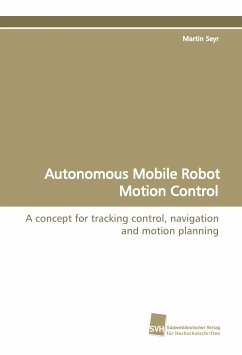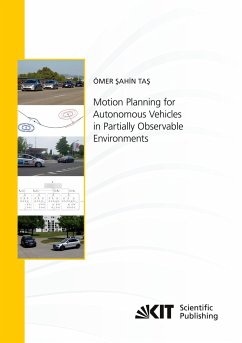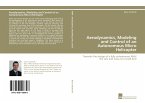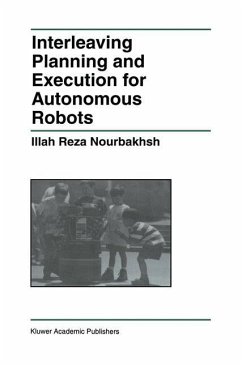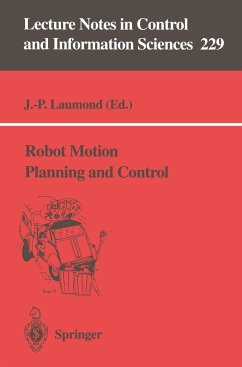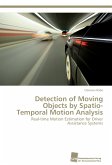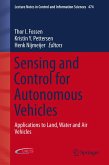Research on autonomous mobile robots or vehicles is one of the most seminal subjects at the moment. Economically leading nations like the USA and Japan have adopted it to one of their national research topics. The notion 'autonomous' here indicates that the robot should be capable of performing certain tasks without human interaction, in this case mobility tasks. Possible applications include deployment in case of natural disasters, driver assist systems, mobility for the disabled, logistics and manufacturing automatisation. The task for an earth-bound robot is to move to a certain relative location in a possibly previously unknown complex two-dimensional environment. This task is subdivided into simultaneous motion planning and 2D-map-building, self-localisation or also called navigation within the environment and finally trajectory following control. In this dissertation the author Martin Seyr presents a control concept and novel algorithms, along with experimental validation on a laboratory prototype robot and an extensive review and discussion of the state of the art in the field.
